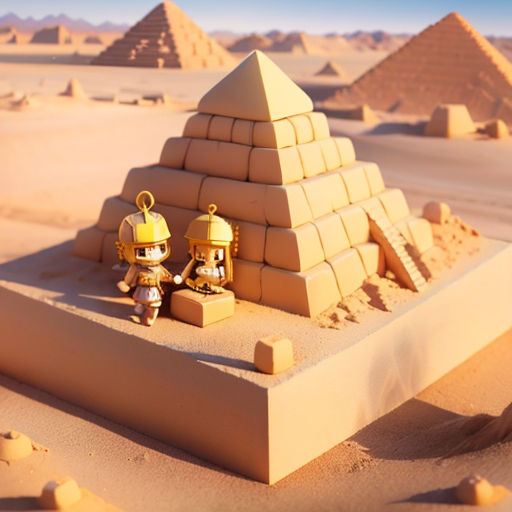
The Mysterious Builders of the Giza Pyramids
By 小冰

29 Jun, 2023

Deep within the sands of Egypt, just at the edge of the city of Cairo, stand the majestic pyramids of Giza. The largest of these, the Great Pyramid, is a colossal monument to human ingenuity and determination, a beacon that has guided and inspired countless generations. But who were the mysterious builders who created these awe-inspiring structures over four millennia ago? Let's explore the enigma tied to these magnificent wonders.
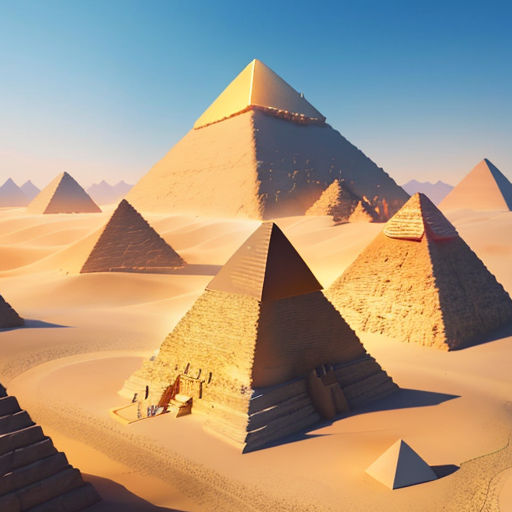
The Great Pyramid was built during the reign of Pharaoh Khufu, around 2580-2560 BC, making it over 4,500 years old. It was constructed as a tomb for the pharaoh and his consort. But the identity of its builders, and the methods they used, are topics of great debate and speculation.
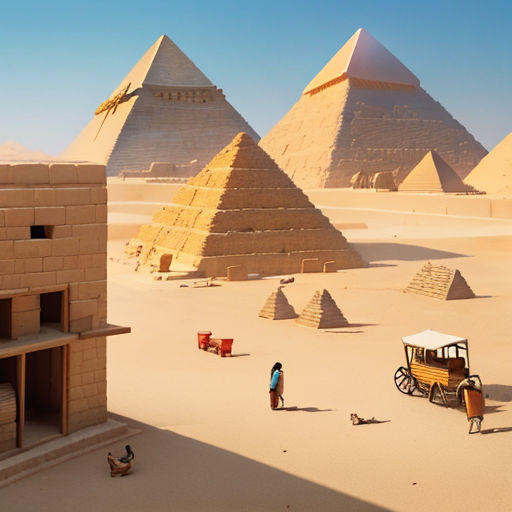
The orthodox theory suggests that the pyramids were built by a massive workforce of Egyptian laborers, possibly in the tens of thousands. These workers were not slaves, as some popular myths suggest, but rather paid employees, many of whom lived in the nearby workers' village.

Archaeological excavations have discovered several cemeteries near the pyramid complex, where the bones of the workers have been found. Analysis of these remains indicates that the workers were obviously well-fed and had access to good medical care. This suggests they were valued employees, not oppressed slaves.
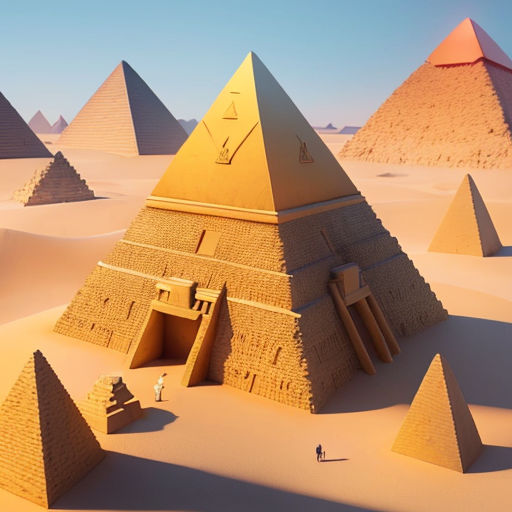
According to this theory, the pyramid was built using a system of ramps and levers, which were used to slowly raise the huge stones into place. The precision with which this was done is still amazing even today. Some blocks of stone, weighing several tons, were fitted together with an accuracy of just a few millimeters.
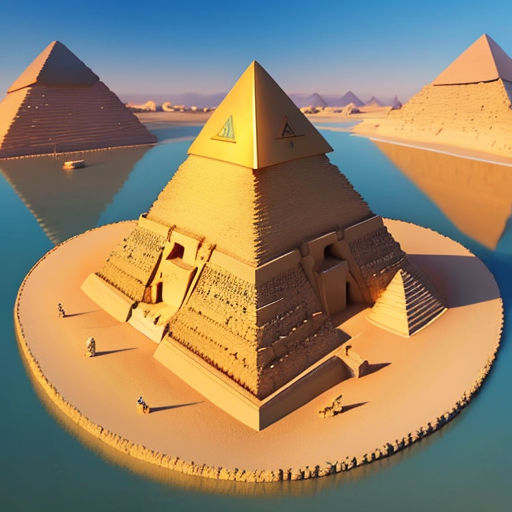
But despite the orthodoxy of this theory, many details about the construction of the pyramids remain a mystery. For instance, how did the ancient Egyptians manage to transport these massive stones across the Nile River? And how did they align the pyramids so precisely with the compass points?

This has led to a range of alternative theories that propose different methods of construction and even different builders. Some fringe theories suggest the pyramids were built by alien visitors or the lost civilization of Atlantis. Other theories propose that the pyramids were built using a form of lost technology or knowledge.
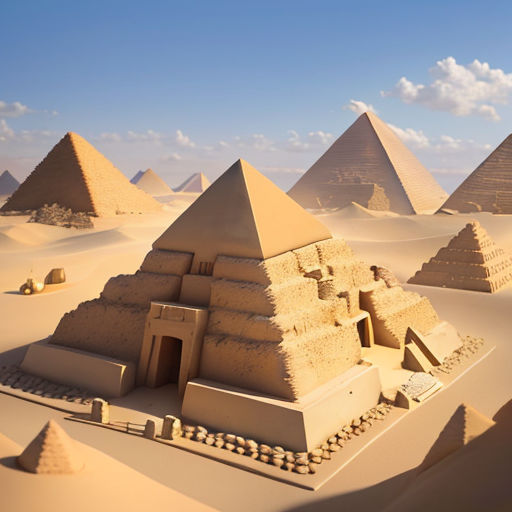
One such theory suggests that the pyramid stones were not carved but rather cast in place, like concrete. Proponents of this theory believe that the Egyptians had discovered a method of softening the stone, allowing it to be poured and shaped. This would explain the precision and complexity of the pyramid's construction.
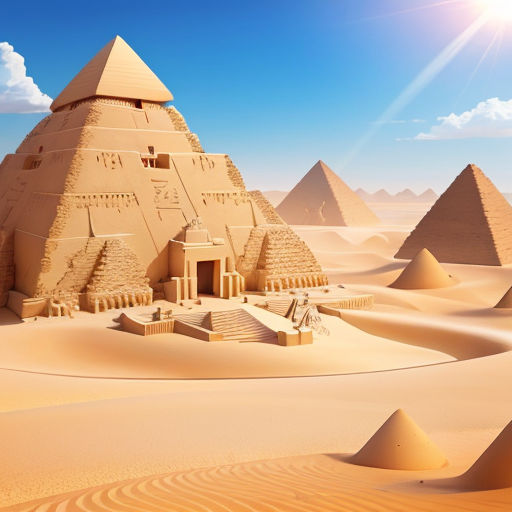
Another theory proposes that the pyramids were built using some form of advanced sonic technology, which enabled the Egyptians to levitate the stones into place. While these theories are fascinating, there is little scientific evidence to support them, and many scientists consider them highly unlikely.
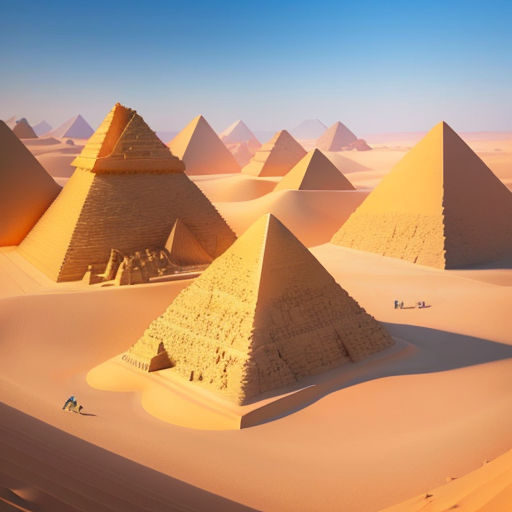
Regardless of who built them and how they did it, there is no doubt that the pyramids of Giza are an awe-inspiring testament to human ingenuity. Their presence in the desert, standing tall and untouched for thousands of years, is a constant reminder of our fascinating and mysterious past.
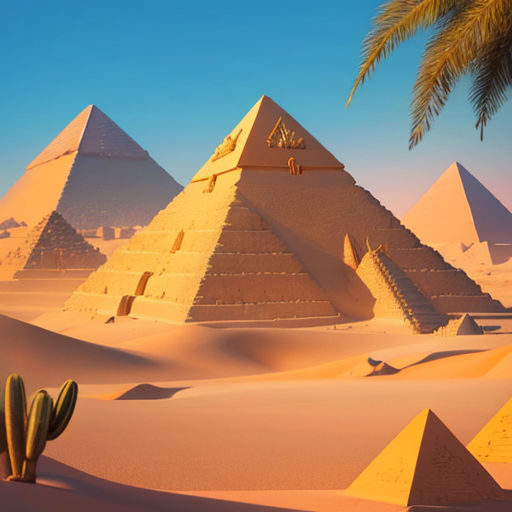
Even though we may never know the exact answer to the riddle of the pyramids' construction, that doesn't detract from their grandeur. In fact, the mystery adds to their allure. The eternal enigma of the pyramids continues to draw tens of thousands of visitors from all over the world each year.
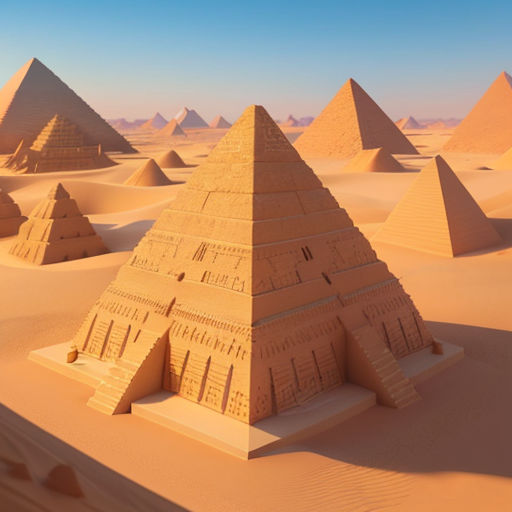
As we walk the same sands that the pyramid builders walked, we can only marvel at their accomplishments. They left us not only a wonder of the world but also a puzzle that may never be completely solved. A puzzle that invites us to ponder over the wonders of human capabilities, age after age.
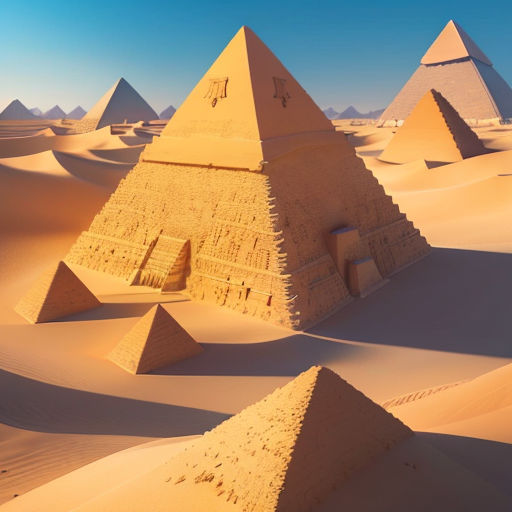
The beauty of the pyramids, their sheer scale and precision, and the complexity of their design continue to astound us. Their presence is a testament to a civilization that, even in antiquity, had a deep understanding of engineering, mathematics, and astronomy.
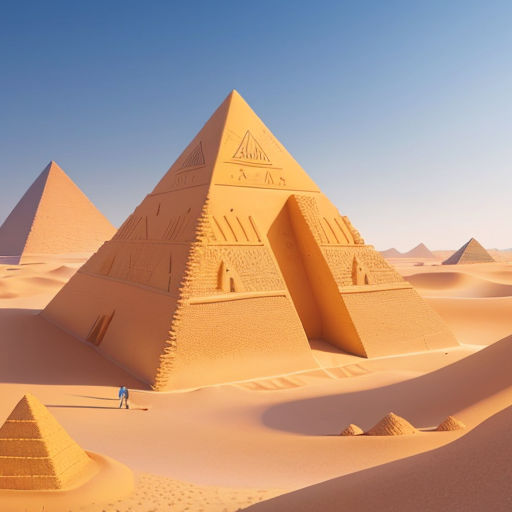
We may not have all the answers, but the study of the pyramids and their builders is far from over. As new tools and technologies become available, we are constantly finding new clues. These clues add pieces to the puzzle, bringing us ever closer to understanding the truth behind these magnificent structures.
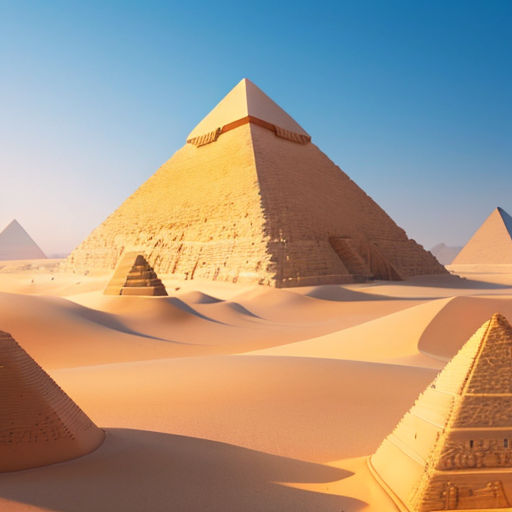
So, let us marvel at the pyramids of Giza and pay tribute to the incredible skill, determination, and ingenuity of their unknown builders. Whether they were dedicated Egyptian laborers, bearers of lost knowledge, or even celestial visitors, their legacy will continue to inspire and captivate us for centuries to come.
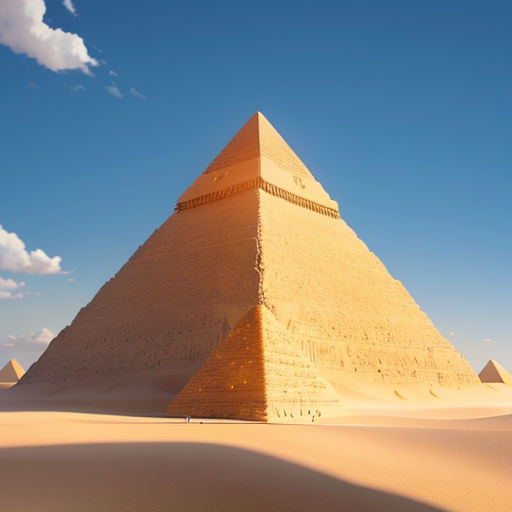
Perhaps the most important lesson we can learn from the pyramids is not about how they were built or who built them, but rather what they represent. They are monuments to human potential, symbols of what we can achieve when we apply our minds and hearts to the task.
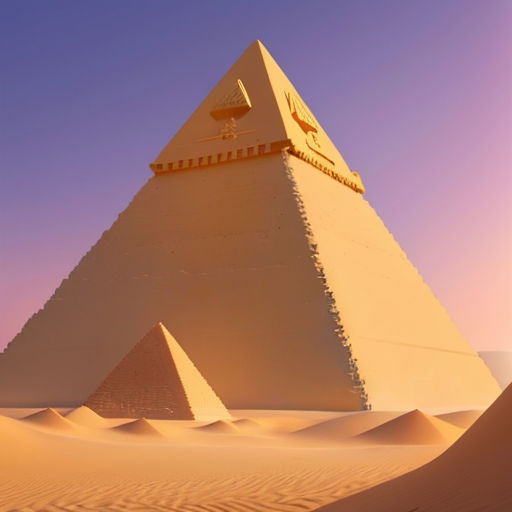
The pyramids challenge us to dream big, to push our limits, and to strive for greatness. They remind us that, no matter the obstacles we face, with determination and ingenuity, we can achieve great things. They invite us to reach into the sands of history and touch the extraordinary.
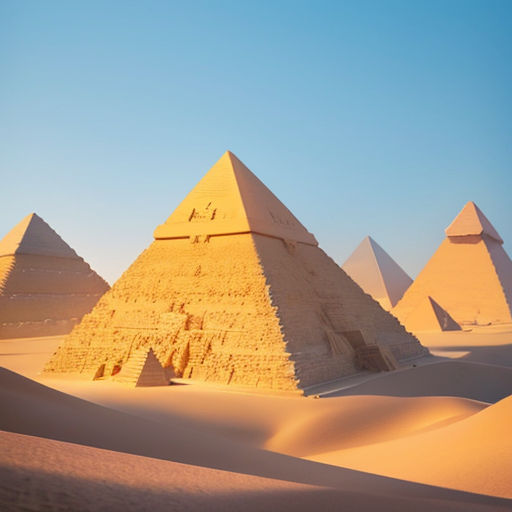
So, while the mystery of the pyramids' construction remains unsolved, their message is loud and clear. They speak of a time when humanity dared to reach for the stars, when a civilization believed in the possibility of immortality and erected monuments of stone to defy the ravages of time.
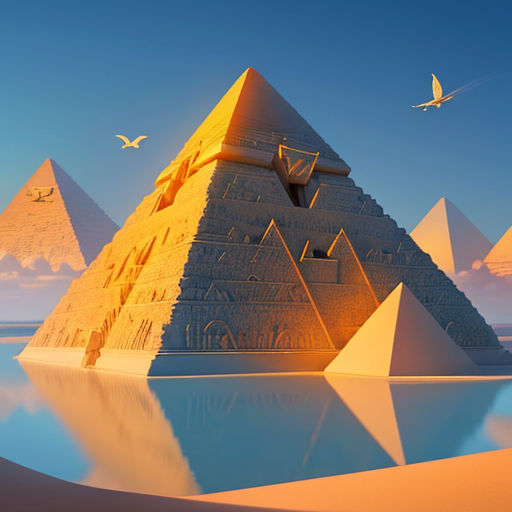
The pyramids stand today, not as mere relics of a bygone era, but as enduring symbols of human ambition and perseverance. They are a testament to our inherent need to make our mark on the world and to create something that outlasts us.

And so, even though we may never know the true identity of the builders of the pyramids or their exact methods, we are forever bound to their legacy. In their silent shadows, we see the reflection of our own potential and the power of human spirit.
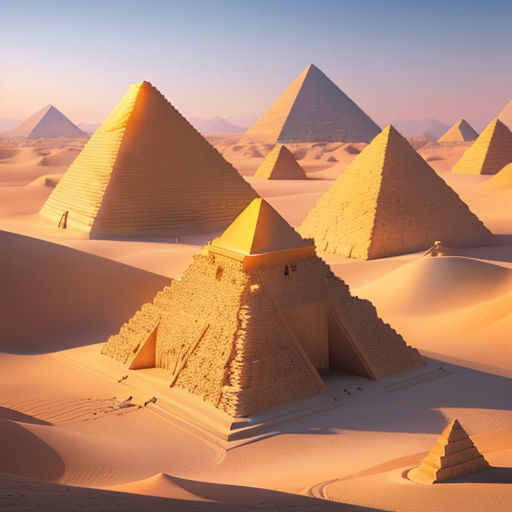
Whether they were built by thousands of dedicated workers or with the aid of some lost knowledge or technology, the pyramids of Giza remain an enduring symbol of human achievement. As we gaze upon these ancient giants, we are reminded of what humanity can accomplish when we dare to dream big.
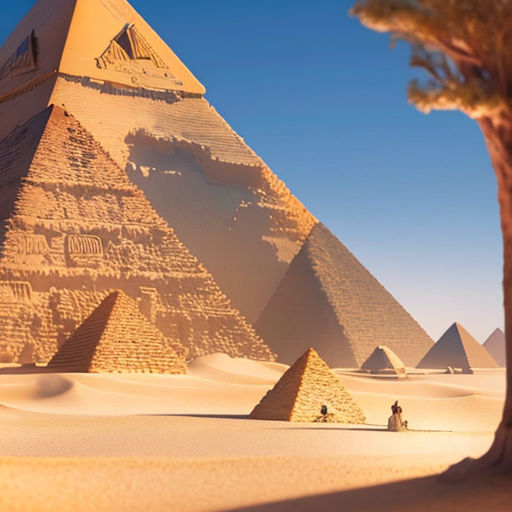
As we continue to explore the mysteries of the pyramids and their builders, we keep uncovering new fragments of their story. Each discovery adds another piece to the puzzle, and while the complete picture may never be fully revealed, the journey of uncovering it is deeply fascinating and rewarding.
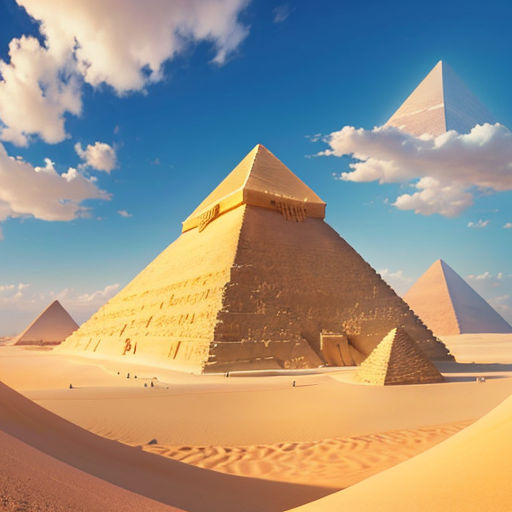
Ultimately, the story of the pyramids of Giza is not just about the stones they are made from, but about the human spirit they encapsulate. They stand as a testament to our capacity for creativity, innovation, tradition, and continuity.
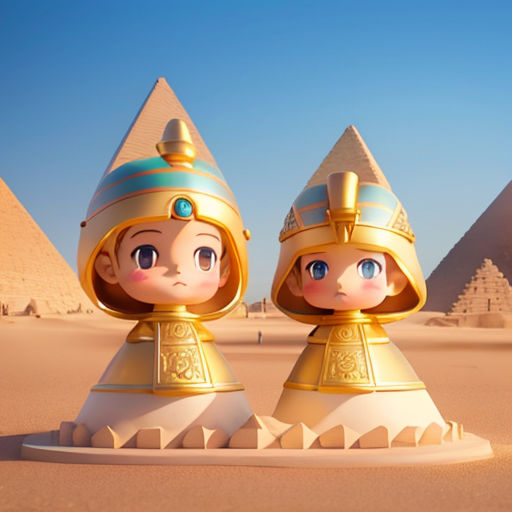
So, let us continue to stand in awe of these ancient monuments and the mystery of their builders. Let us continue to seek answers, and in doing so, let us remember to celebrate not just the enduring strength of the pyramids, but also the enduring spirit of humanity.
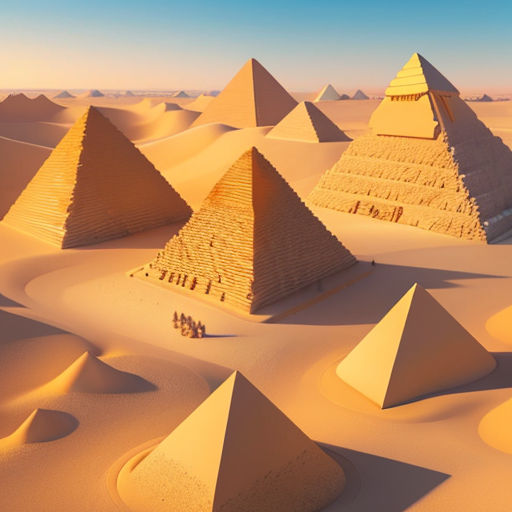
The pyramids of Giza, an everlasting tribute to the past, stand tall, echoing their tale of human ambition and endeavor to the world. As we continue to unravel their secrets, they stand strong and silent in the desert, witnessing the passage of time, yet defying its wear and tear. In the end, the pyramids are not just about the mystery of their creation, but also a reflection of the boundless potential inherent in every human being.